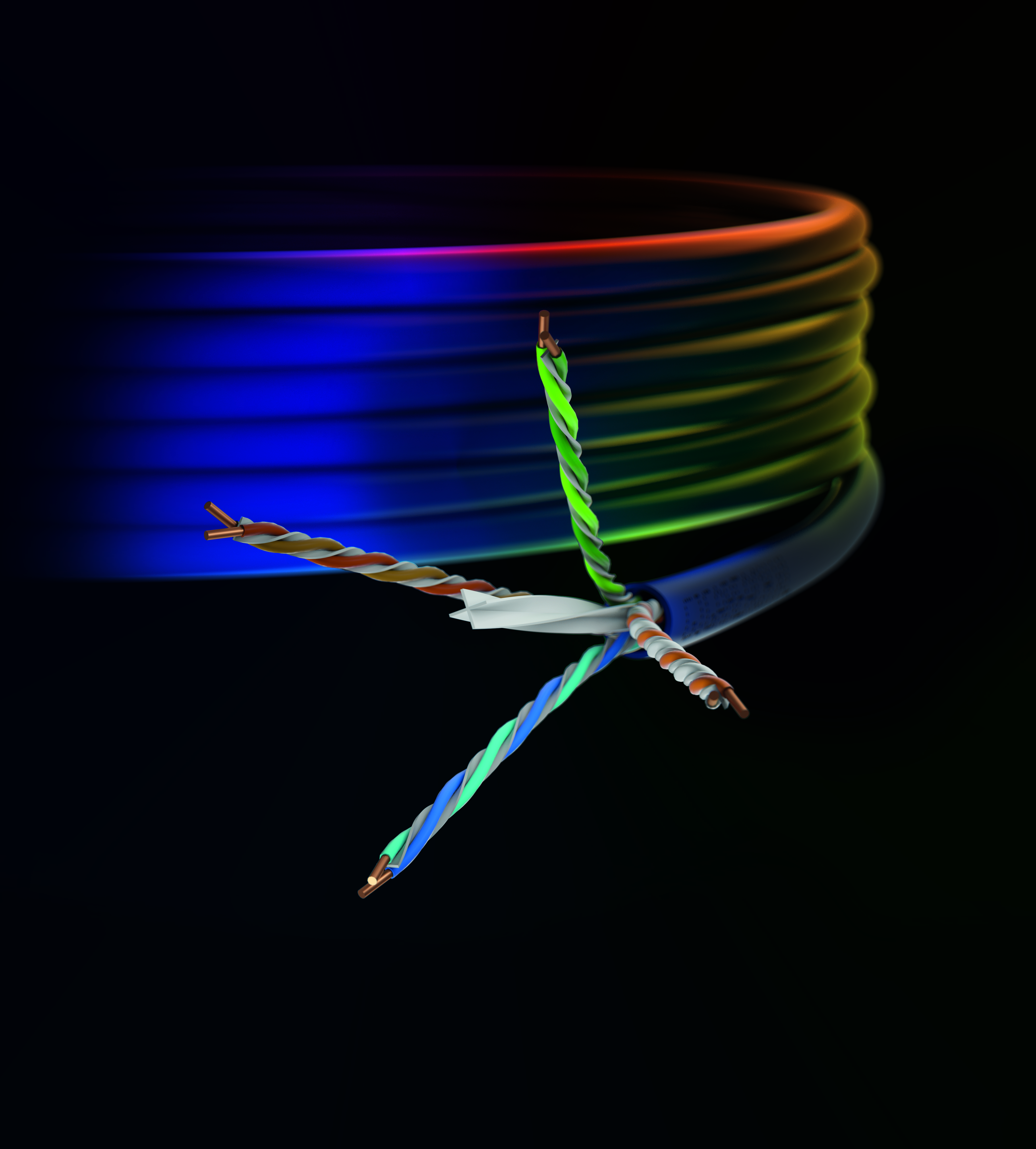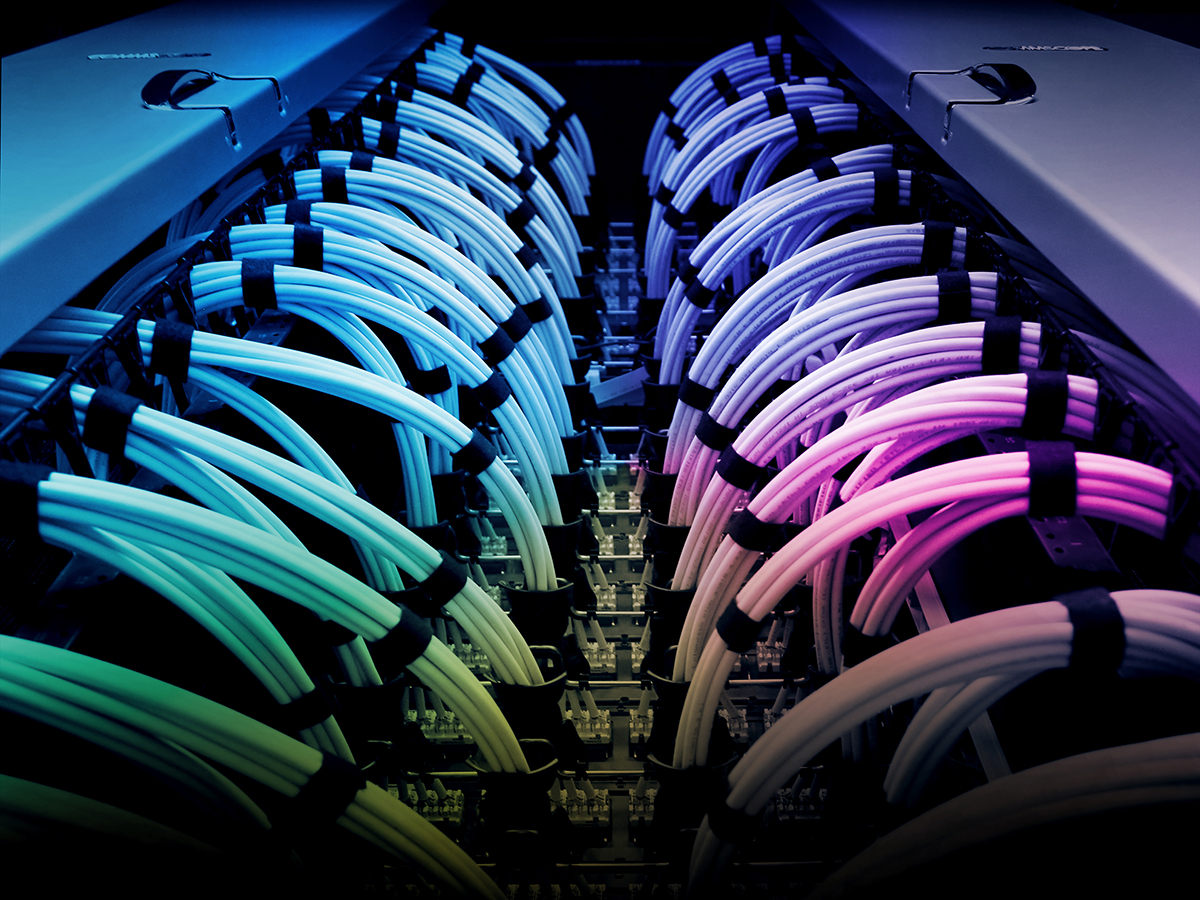 CommScope takes another step (maybe it is closer to a leap) forward with the availability of its 10G Ethernet Passive Optical Network (EPON) solution set enabling network operators, whether they are operating public or private networks, to deliver bandwidth to users well above legacy EPON or GPON (Gigabit Passive Optical Network) rates.
CommScope takes another step (maybe it is closer to a leap) forward with the availability of its 10G Ethernet Passive Optical Network (EPON) solution set enabling network operators, whether they are operating public or private networks, to deliver bandwidth to users well above legacy EPON or GPON (Gigabit Passive Optical Network) rates.
You might be asking yourself, “So what? Why would anyone need a 10G PON solution?” It is true that people hardly ever need anything that comes close to 1G, much less 10G. So, why do they need 10G?
First, while most consumers may not “need” 10G for standard Internet usage, commercial services and business users may require it. There are users that legitimately need services faster than 1G. A 10G EPON solution enables service to those with the benefits of PON technology.
Private network operators also have legitimate uses for 1G+ services; research laboratories, corporate campuses, financial institutions and military bases are just a few examples. A 10G EPON solution provides operators access to fiber utilization improvements and a simplified network. There is also a “green” aspect to deploying PON—it uses less power and delivers at speeds that all but ultra heavy bandwidth consumers demand.
For public network operators, the capability to achieve 1G+ resides in10G EPON to enable service-level agreement (SLA)-quality services of 1G and faster. They have been reluctant to guarantee 1G and faster services from an EPON or GPON connection. The reason is that PON bandwidth is shared in Ethernet networks. So, if a 1G EPON or even 2.4G GPON solution is shared with more than 30 users, guaranteeing 1G throughput for any given user at any given time is statistically risky. A shared 10G gives the network operator high assurance they can offer 1G SLA-quality services. For public network operators, such as cable companies, this allows them compete with the 1G services offered by their competitors.
 A 10G EPON solution can play a large role in network evolution strategies. There is no need to abandon legacy EPON and GPON networks just to move to 10G EPON. The wavelengths used by 10G EPON coexist with EPON and GPON wavelengths, and are often installed on the same network. This is accomplished by overlaying the legacy systems, allowing the existing infrastructure to be used without interruption while adding 10G EPON-based services for users as needed. The same goes for Radio Frequency over Glass (RFoG). Network operators that are not ready to move to IP video, but still want to provide fiber-to-the-home, can use RFoG technology. RFoG infrastructure also supports 10G EPON, so a network operator can continue using RF-based customer premises equipment–set top boxes, cable modems, embedded multimedia terminal adapters—while providing PON-based data services. In fact, 10G EPON, 1G EPON and RFoG are being used to offer a complete range of residential and business services to 32+ user locations over a single fiber infrastructure.
A 10G EPON solution can play a large role in network evolution strategies. There is no need to abandon legacy EPON and GPON networks just to move to 10G EPON. The wavelengths used by 10G EPON coexist with EPON and GPON wavelengths, and are often installed on the same network. This is accomplished by overlaying the legacy systems, allowing the existing infrastructure to be used without interruption while adding 10G EPON-based services for users as needed. The same goes for Radio Frequency over Glass (RFoG). Network operators that are not ready to move to IP video, but still want to provide fiber-to-the-home, can use RFoG technology. RFoG infrastructure also supports 10G EPON, so a network operator can continue using RF-based customer premises equipment–set top boxes, cable modems, embedded multimedia terminal adapters—while providing PON-based data services. In fact, 10G EPON, 1G EPON and RFoG are being used to offer a complete range of residential and business services to 32+ user locations over a single fiber infrastructure.
It’s clear that 10G EPON is not just for public network operators. Private network operators can provide their power users, backhaul circuits, inter-network connections and other big bandwidth consumers with ultra-fast connections while enjoying the other benefits of PON.
In short, our 10G EPON helps CommScope’s customers more easily and cost-effectively compete. And when we do that, everyone wins. This solution will be on display during SCTE Cable-Tec Expo® September 23-25, 2014 in Denver (Booth 563).
Does 10G EPON make sense for your network?






